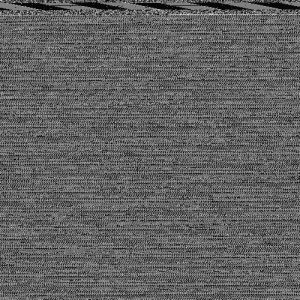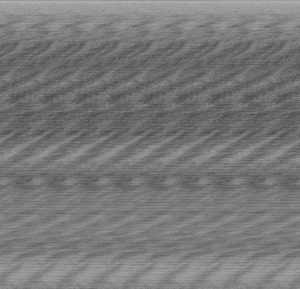“screenplays should be experienced […] as a form of cinema itself” whereby “both, although via opposite polarities, are audio-visual (the screenplay cueing the images and sounds in our mind)” – Chris Dzialo
In the above quote, Dzialo contends that screenplays are more than just a written text, that instead they are somewhat of a middle ground between literature and film. Though, they are ‘opposite polarities,’ as a screenplay is a purely written medium, and cinema is audio-visual. Dzialo suggests however that screenplays are more than a written medium – that they also contain sounds and images, but instead the text cues them to exist in our minds.
Authors like McKee advocate that a screenwriter should remove all camera related phrases like ‘cut to’ and ‘pan to’ from a screenplay because they might take a reader out of the audio-visual experience and remind them that they are reading a screenplay, not a film. McKee and Dzialo would probably get along, as they have similar points of view. McKee would have a reader of a screenplay be fully immersed in the screenplay, and not thinking about the film production process as they read, instead immersed in the audio-visual experience that is being created in their mind – as what Dzialo proposes is happening when a screenplay is being read. Other authors, like Ann Ingelstom, argue that vocabulary like ‘cut to’ and ‘pan to’ are actually a useful tool for helping the reader visualise the screenplay. Yet, she does not that if this ‘extrafictional voice,’ as she calls it, is used, then ‘‘the reader is always aware of the text’s purpose to become a film.’ (Ingelstrom, 2014.)
Whereas, someone like a director who is writing the screenplay to his own film might have a more practical approach. They probably won’t dawdle as much on the mechanics of what is a screenplay really and see it more as a stepping stone in their production process.
Dzialo’s point of view might suggest that a screenplay is more than just a means to making a film, that a screenplay should also be enjoyable as a stand-alone piece of literature. After all, if screenplays should be experienced ‘as a form of cinema itself’, then should they not therefore be as enjoyable as cinema?
If Dzialo is on the right track, however, why do not more people read screenplays more enjoyment in the same way that they watch films, or enjoy books? Perhaps because screenplays are not as readily accessible. Or is he wrong altogether, and screenplays are not able to be a stand-alone medium and are always intrinsically tied to the film production process. As Ingelstrom puts it, the text’s purpose is to become a film. So screenplays may be in some ways a form of cinema, but they cannot be experienced independently of the cinema.













